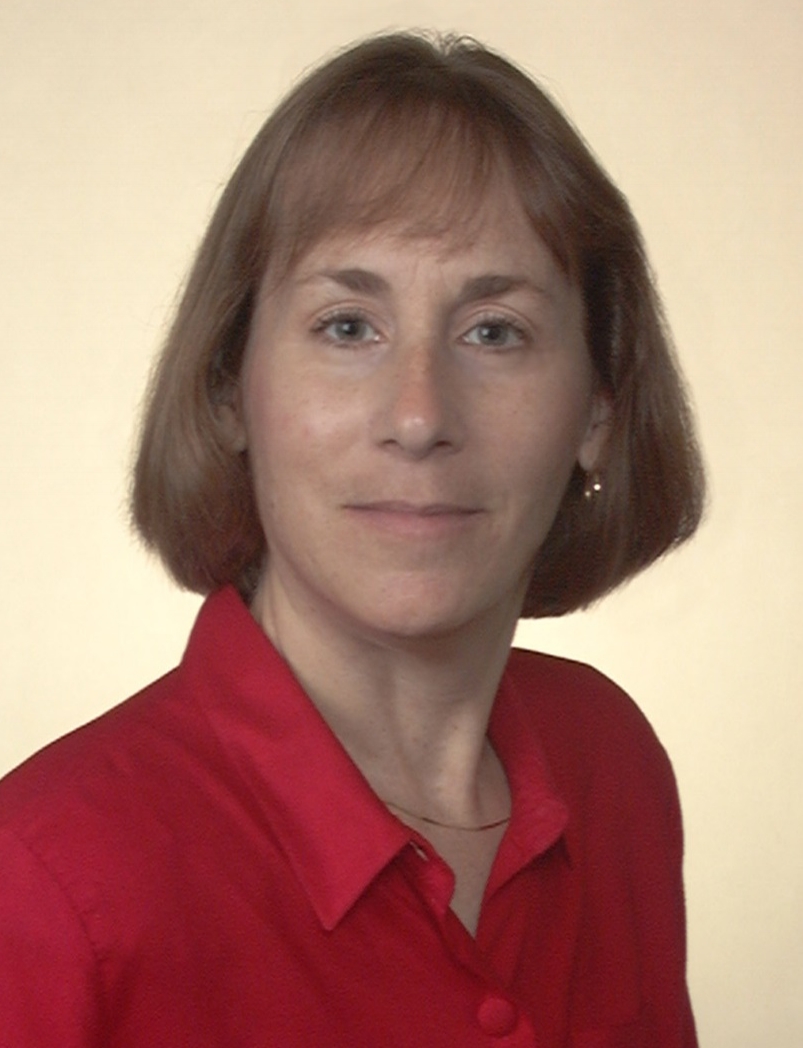Generative art is defined by the use of an autonomous system that can produce imagery with minimal intervention by the artist, after writing the algorithm.
Perceptual Decision-Making for Speech Recognition in Noise
Our study indicates that perceptual decision-making is engaged for difficult word recognition conditions, and that frontal cortex activity may adjust how much information is collected to benefit word recognition task performance.
Accomplishments by ERG Alumni
Gail Ishiyama, M.D., a clinician-scientist who is a neurology associate professor at UCLA’s David Geffen School of Medicine, has been investigating balance disorders for nearly two decades and recently coauthored two studies on the topic.
Age Effects on Speech Recognition
Age-related changes in perceptual organization have received less attention than other potential sources of decline in hearing ability. Perceptual organization is the process by which the auditory system interprets acoustic input from multiple sources to create an auditory scene. In daily life this is essential, because speech communication occurs in environments in which background sounds fluctuate and can mask the intended message.
Perceptual organization includes three interrelated auditory processes: glimpsing, speech segregation, and phonemic restoration. Glimpsing is the process of identifying recognizable fragments of speech and connecting them across gaps to create a coherent stream. Speech segregation refers to the process where the glimpses (speech fragments) are separated from background speech, to focus on a single target when the background includes multiple talkers. Phonemic restoration refers to the process of filling in missing information using prior knowledge of language, conversational context, and acoustic cues.
Kenneth Vaden, Ph.D.
Judy R. Dubno, Ph.D.
A July 2018 study in The Journal of the Acoustical Society of America by William J. Bologna, Au.D., Ph.D., Kenneth I. Vaden, Jr., Ph.D. (2015 ERG), Jayne B. Ahlstrom, M.S., and HHF board of directors member Judy R. Dubno, Ph.D. (1986–88 ERG), investigated these components to determine how their declines may contribute to increased speech recognition difficulty with age. As expected, older adults performed more poorly than younger adults. Older adults were less able to make use of limited speech information and reduced continuity. A competing talker created hearing challenges regardless of age. The study concludes, “Taken together, these results suggest that age-related declines in speech recognition may be partially explained by difficulty grouping short glimpses of speech into a coherent message.” —Elizabeth Crofts




